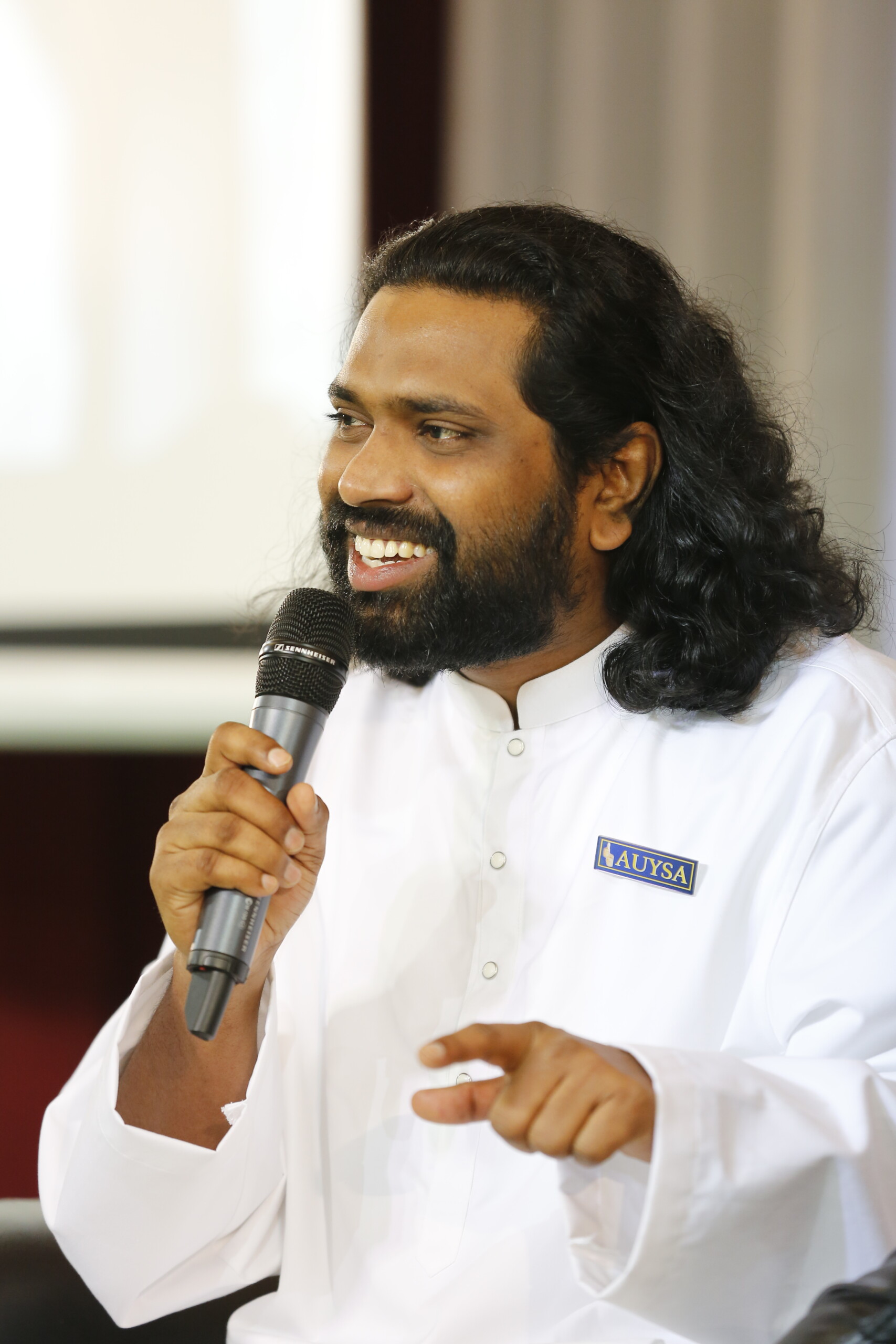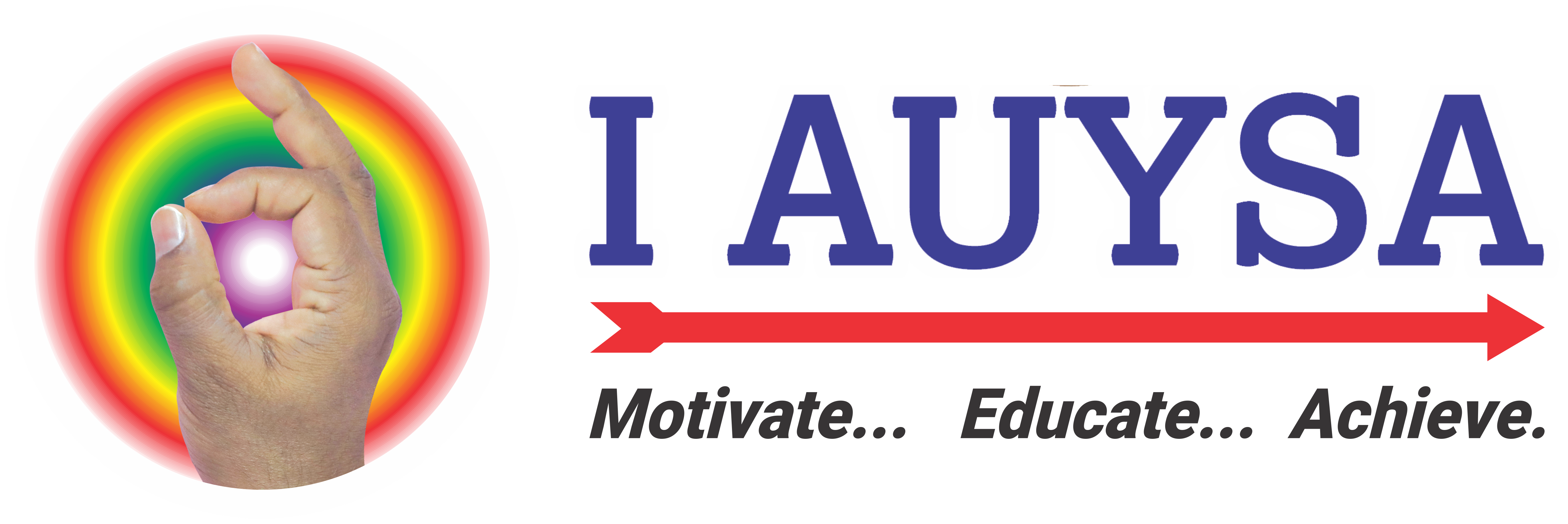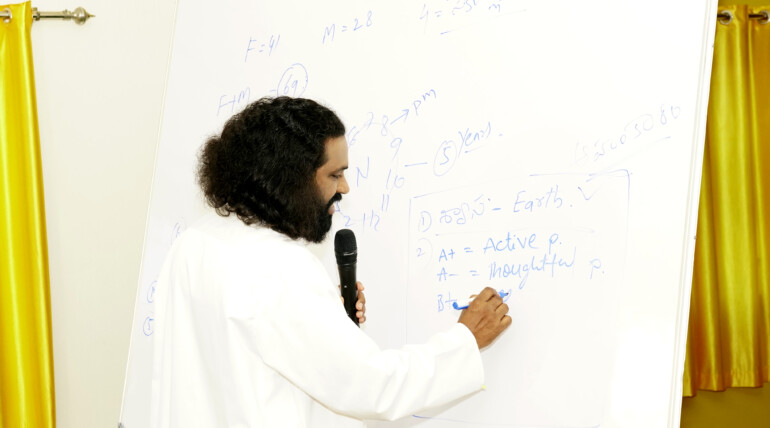
Problem Solving Skills
Problem solving is an analytical process used to identify the possible solutions to the situation at hand. Making decisions is a part of problem solving. Problem solving is a complex process, and judgement calls – or decisions – will have to be made on the way.
Problem-solving is an analytical method to identify the possible solutions to a situation. It’s a complex process and judgment calls—or decisions—will have to be made on the way. The main goal is to find the best solution. Problem-solving involves identifying an issue, finding causes, asking questions and brainstorming solutions. Gathering facts help make the solution more obvious.
Problem-solving is a technique that can be used to solve a problem. When it comes to problem-solving, making the appropriate judgments is critical to reaching a specific outcome. Problem-solving is a difficult process that entails extensive research. Identifying a difficulty is a common step in the problem-solving process.
In simple words or layman terms, problem-solving is simply solving problems, as the name suggests. Here, either an individual or a group tries to solve a problem in this process. This involves high analytical skills for reaching better and faster solutions. This process also includes gathering information, facts and following or working parallel with human intuition.
The primary goal of problem-solving is to find the best solution possible. In general, problem-solving is linked to a specific goal. Problem-solving results must be solution-oriented. The techniques and roads to resolution are unknown in the case of problem-solving. The purpose of problem-solving is to resolve the problem or issue.
Six Problem-Solving Steps
The most effective method uses both rational and intuitive or creative approaches. There are six steps in the process:
1. Identify the problem
2. Search for alternatives
3. Weigh the alternatives
4. Make a choice
5. Implement the choice
6. Evaluate the results and, if necessary, start the process again
Problem-solving vs. decision-making
Problem-solving and decision-making are terms that are often used interchangeably since both use information to inform a certain action. You cannot solve a problem without making a decision, but that’s where the similarities end. The main difference is that the first is a process and the second is an action.
Decision making has much in common with problem solving. In problem solving you identify and evaluate solution paths; in decision making you make a similar discovery and evaluation of alternatives. The crux of decision making, then, is the careful identification and evaluation of alternatives.
Rational Versus Organic Approach to Problem Solving
Rational
A person with this preference often prefers using a comprehensive and logical approach similar to the guidelines in the above section. For example, the rational approach, described below, is often used when addressing large, complex matters in strategic planning.
1. Define the problem.
2. Examine all potential causes for the problem.
3. Identify all alternatives to resolve the problem.
4. Carefully select an alternative.
5. Develop an orderly implementation plan to implement that best alternative.
6. Carefully monitor implementation of the plan.
7. Verify if the problem has been resolved or not.
Organic
Some people assert that the dynamics of organizations and people are not nearly so mechanistic as to be improved by solving one problem after another. Often, the quality of an organization or life comes from how one handles being “on the road” itself, rather than the “arriving at the destination.”
The quality comes from the ongoing process of trying, rather than from having fixed a lot of problems. For many people it is an approach to organizational consulting. The following quote is often used when explaining the organic (or holistic) approach to problem solving.
How to use problem-solving and decision-making skills
To improve your efficiency at work, you can follow a streamlined and organized approach to solve problems and make decisions. Here are five steps that you can follow to make the most of your problem-solving and decision-making skills:
1. Define the issue
2. Brainstorm different approaches
3. Evaluate different approaches
4. Make your decision
5. Implement your decision
6. Monitor your progress
Advantages of Decision Making
- Gives more information
- Increase people’s participation
- Provide more alternatives
- Improves the degree of acceptance and commitment
- Improves the quality of decisions
- Helps in strengthening the organization
- Identify Problems.
- Brainstorm Possible Solutions.
- Test Appropriate Solutions.






